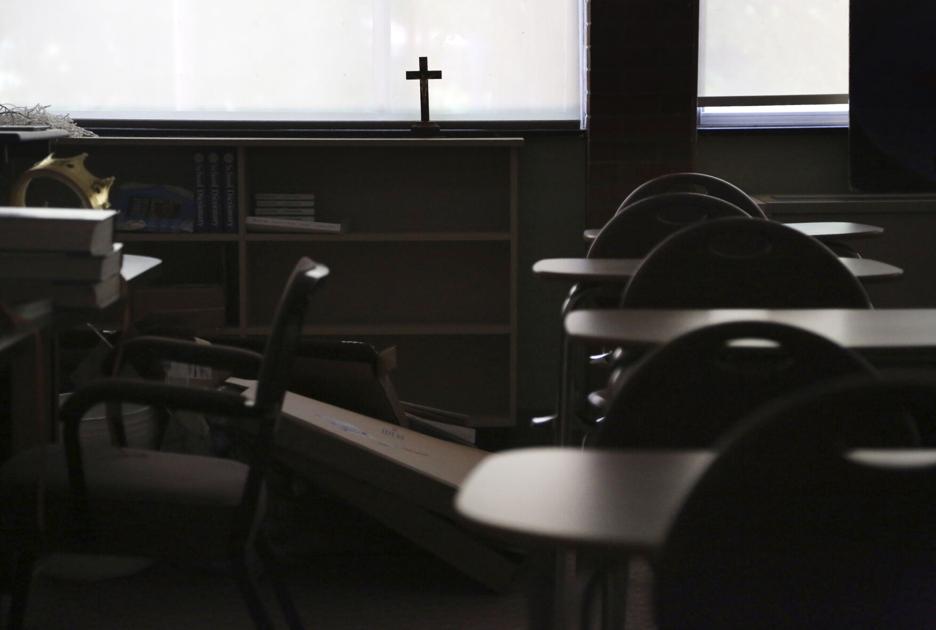Denied enrollment in American Catholic schools | the world

NEW YORK – Catholic school enrollment rates in the United States have dropped 6.4% compared to the previous school year due to the Coronavirus pandemic and financial hardship, the largest annual drop in that region in at least five decades, authorities reported today on American Catholic education.
Factors include the closing or merging of more than 200 schools and the difficulty many parents face in paying tuition fees ranging from $ 5,000 for elementary school to more than $ 10,000 for high school, according to the National Association for Catholic Education.
John Reyes, executive director of the association, emphasized that the epidemic was “accelerating” the problems that already exist in national Catholic education.
Between the 2019-2020 academic year and the current school year, Catholic school enrollment has decreased by 110,000 to around 1.6 million students. In the 1960s, the number of registrants was over five million.
Due to the recent wave of school closures, there are currently 5,981 Catholic schools in the United States, compared to the more than 11,000 schools in 1970.
Reyes noted that the decline has disproportionately affected urban societies, as many black children, even from non-Catholic families, are enrolled in Catholic schools.
So much so, that the steepest declines were in urban areas, such as 12.3% in Los Angeles, 11.1% in New York, and 8.2% in Chicago.
The only communities where enrollment in Catholic schools increased were those with a large Latino population in the west of the country, with an increase of 5.5% in Las Vegas, 4.6% in Denver and 2.4% in Phoenix.
For elementary schools, the decline was more pronounced, 8.1%, compared to 2.5% in secondary schools. But the biggest drop was in preschool education, at 26.6%.
“The decline in primary school enrollment can cause delays, but has a significant impact on secondary school enrollment over the next five to 10 years, which could be catastrophic for the viability of secondary schools,” says the association’s analysis.

“Coffee fanatic. Gamer. Award-winning zombie lover. Student. Hardcore internet advocate. Twitter guru. Subtly charming bacon nerd. Thinker.”











